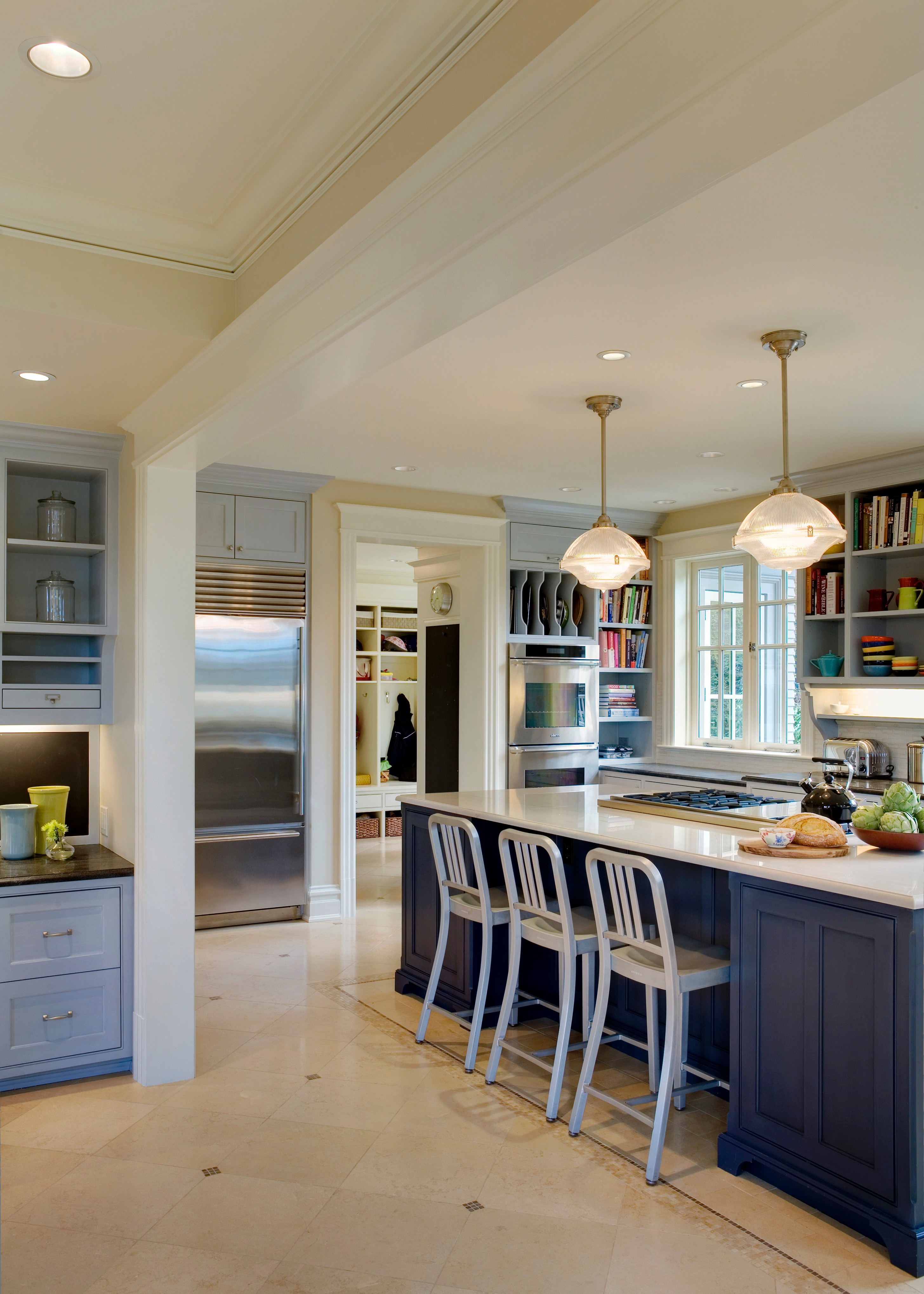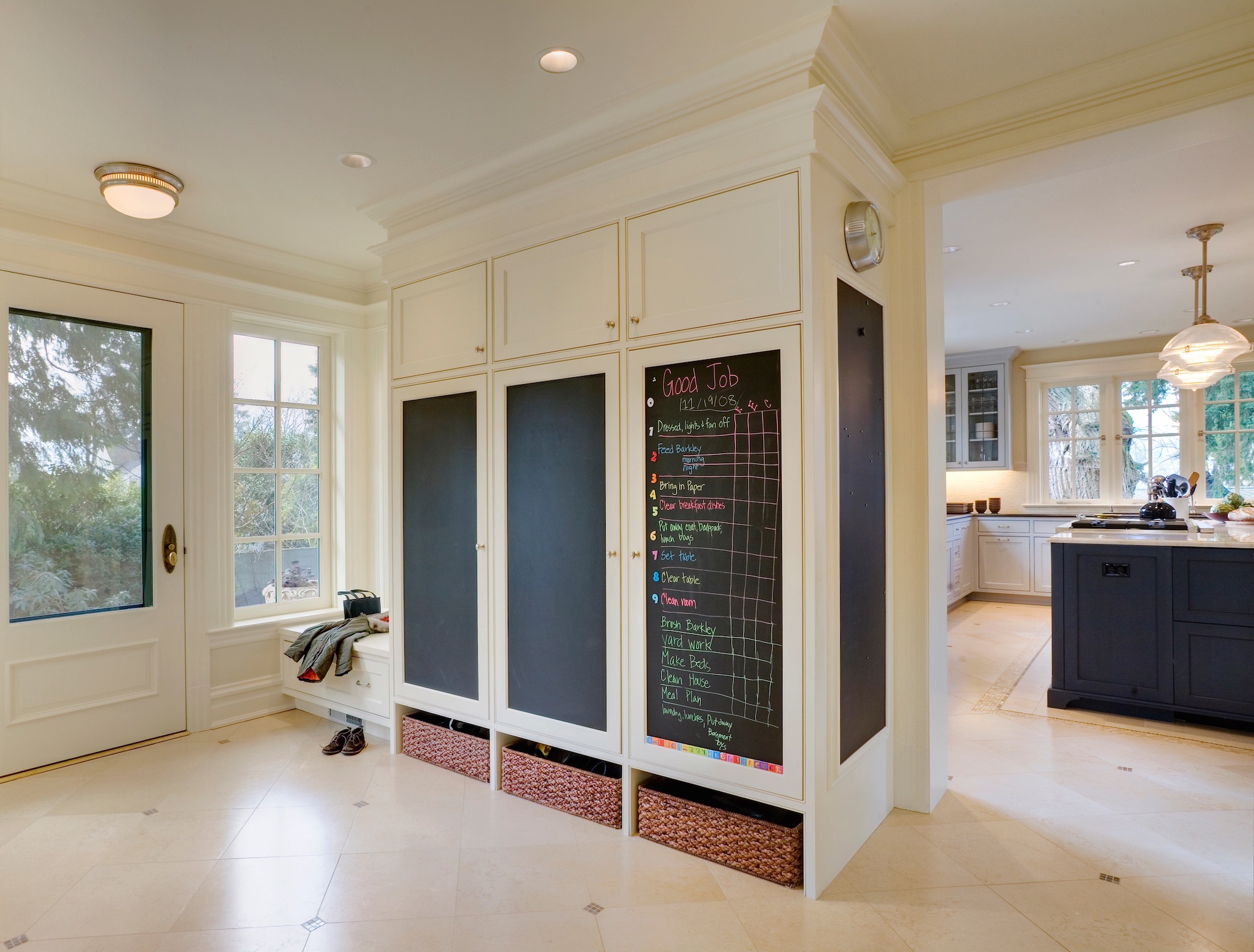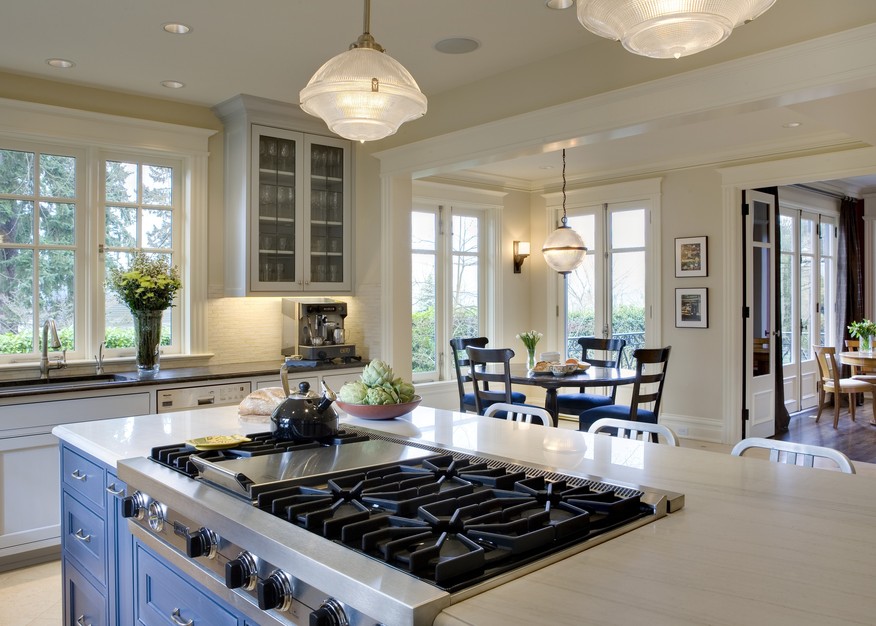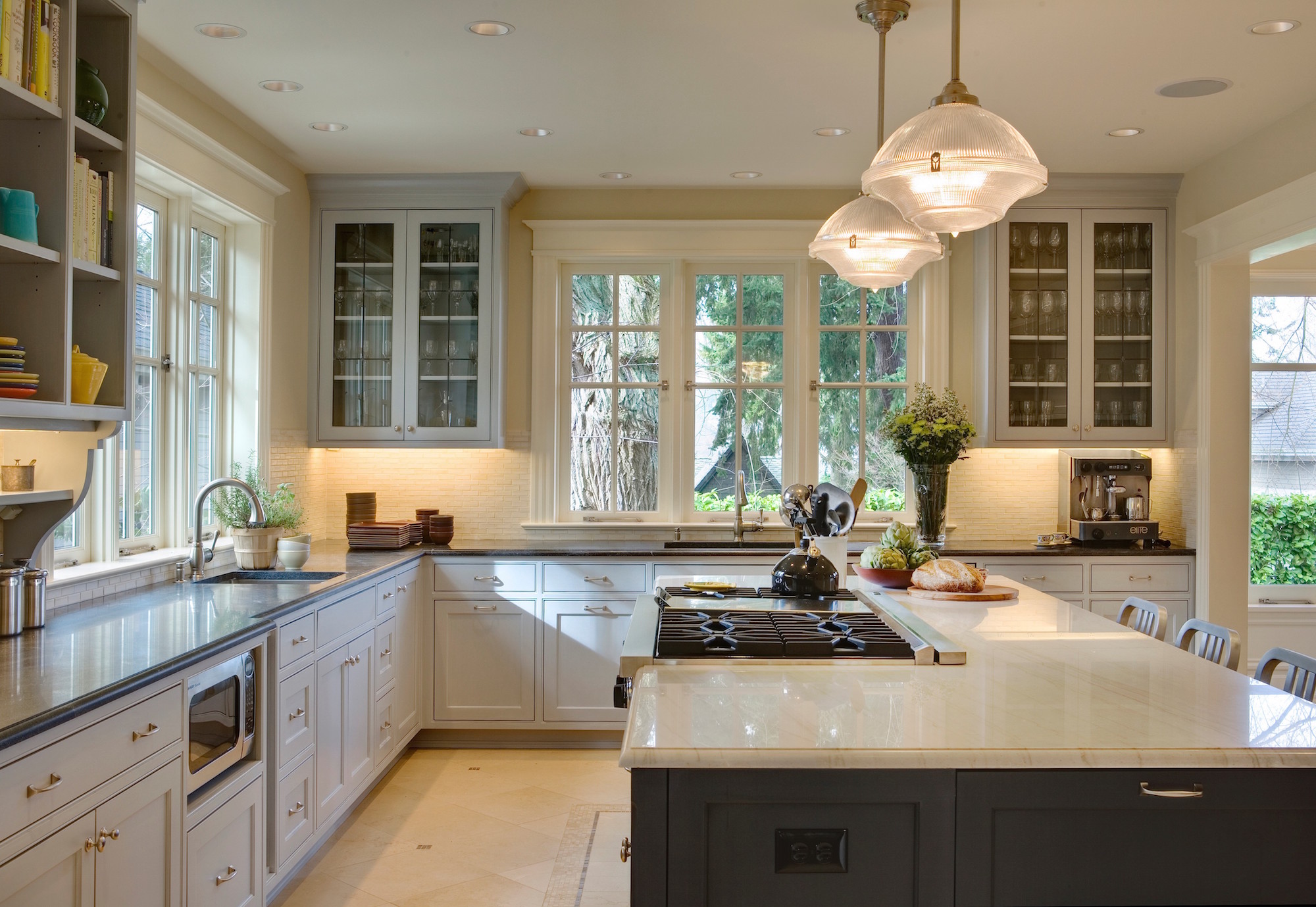Whether you do it yourself or work with a contractor, every remodeling project has three aspects: schedule, scope, and budget. Schedule is how long it will take to complete the work. Budget, is the amount that you can spend. Scope is the work that needs to be done to get your project completed as planned. Of these three aspects, scope is the one that’s most likely to grow and take on a life of its own. Ever replace your front door to improve your curb appeal? Before you know it, you need matching outdoor lights, a new welcome mat, a flower basket, and oh, that house paint color… That’s called scope creep, and if you let it run wild, your budget will follow it.
Don’t fall victim to scope creep and a runaway budget. Here are five things you can do ahead of time to fully define your scope and keep your project from going wild, also consider using some budget apps that might help you plan even better.
1. Keep it realistic
It’s key to be realistic about what your plan calls for. If your goal is to update your stairs to bring the look from the 1980’s into the 21st century, then you have some options for what that means. Painting your stairs and changing the banister style is a cosmetic change and a relatively inexpensive one. Reconfiguring the staircase and adding access under the stairwell is a structural change, which makes it much more costly.
When planning a project, know what your planned changes mean in terms of scope, so you know what to expect before the work commences.
2. Stick to the plan
Your remodel is complete, and you have a beautiful new kitchen. As you gaze into the kitchen with admiration, your eyes fall on the stained carpet in the connected living room. If you notice the carpet while the brand new flooring is going in the kitchen, you’ll be strongly tempted to make a spur-of-the-moment call to put in new carpet and your total spend will shoot up accordingly.
Sometimes it makes sense to do work “while you’re there.” But the rest of the time, unless you can expand your budget and adjust your schedule, be careful to stick to the project that you originally planned for. If you know that a brand-new kitchen floor will mean that you’ll die unless you can also have a new living room carpet, then make the new carpet part of the original plan so you can avoid impulse purchases later on.
3. Be very, very specific
If you hire a contractor, be specific about exactly what you want to accomplish. Have you ever gotten wildly different estimates for the same contracting job? Chances are, the estimate differences are less due to crooked contractors, and more due to the contractors assuming what you want because you’re not being specific enough.
Spell out the materials you want to use and the amount of work you expect. The more specific you get in your plan, the more accurate your budget and schedule will end up being. Being super-specific also makes it more likely that the end result will look like just what you envisioned.
4. Plan for the unknown
There’s rarely a project that goes completely smoothly. The tile gets delayed indefinitely in customs, and you have to go with the more expensive one that’s available now. You take down the drywall, only to see eroded insulation and the remnants of rodents. Now you have to replace the insulation and contact an exterminator, even though you had only planned on replacing the drywall.
Plan for a few unknowns and include a contingency budget anywhere from 5% to 20% of your project. If your house is very old or the work you plan to do is very extensive, then make your contingency budget even larger.
5. Manage changes
Even though the goal is to stick to the plan, it’s normal to make changes midway through the project. Maybe you decide the stain you chose is not the tone you thought it was, or that grout color is just not right. Change is okay. But with each change, ask yourself: How is this going to increase the scope of the project?
Sometimes changes are relatively minor. Switching the grout after a few tiles are complete just means re-grouting a small area and losing the cost of the grout that you already opened. Moving the stovetop off of the island and onto your brand new, custom-sized granite countertop means affecting the project’s scope, schedule, budget in a major way. Some changes are inevitable on a project. Some changes are so minor, they don’t matter. The changes to watch out for aren’t small, and they might not even be necessary. Make sure to manage changes so you can avoid this kind.
When you plan your home remodel project with the possibility of scope creep in mind, you’ll be more likely to complete your project on schedule, on budget and with the end result you bargained for. Keep these five tips in mind, and you can avoid the biggest pitfalls of scope creep and the runaway budget that goes with it.
Have you completed a remodel before? What are your runaway budget horror stories?









